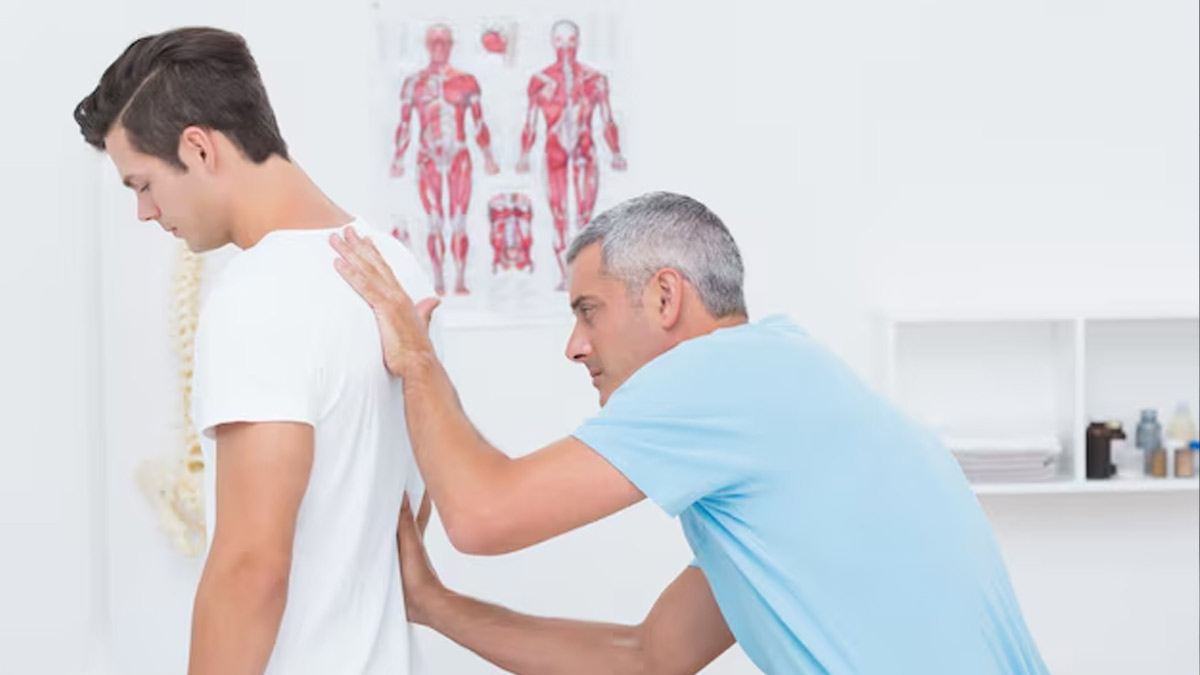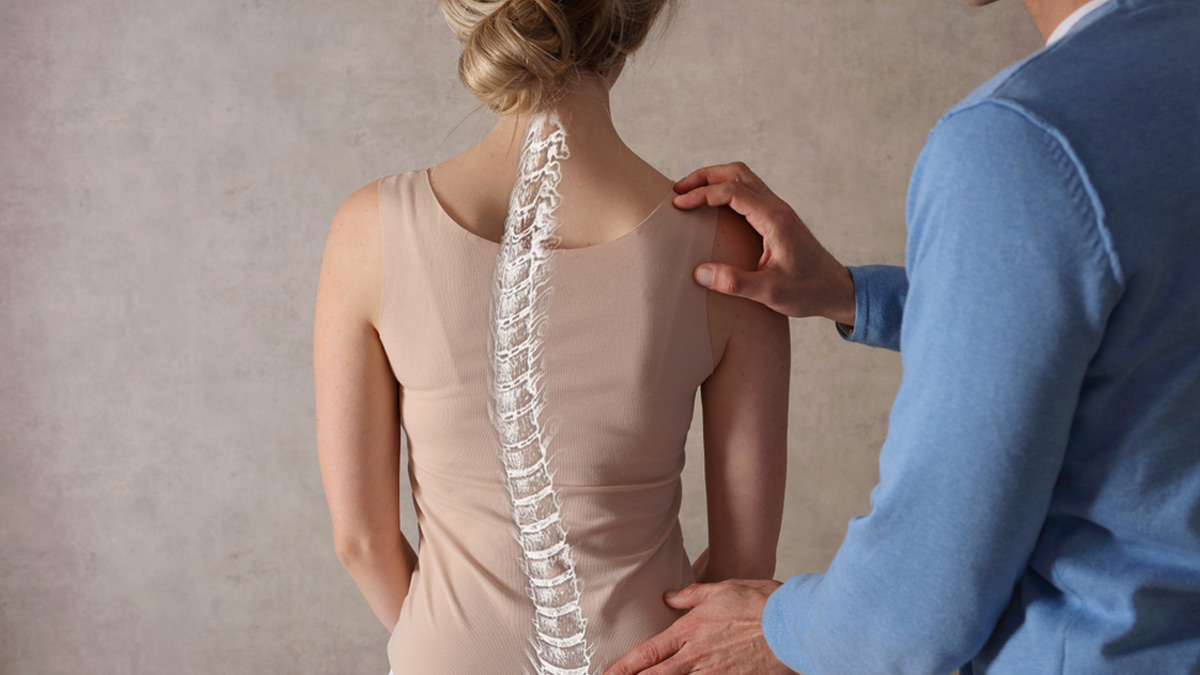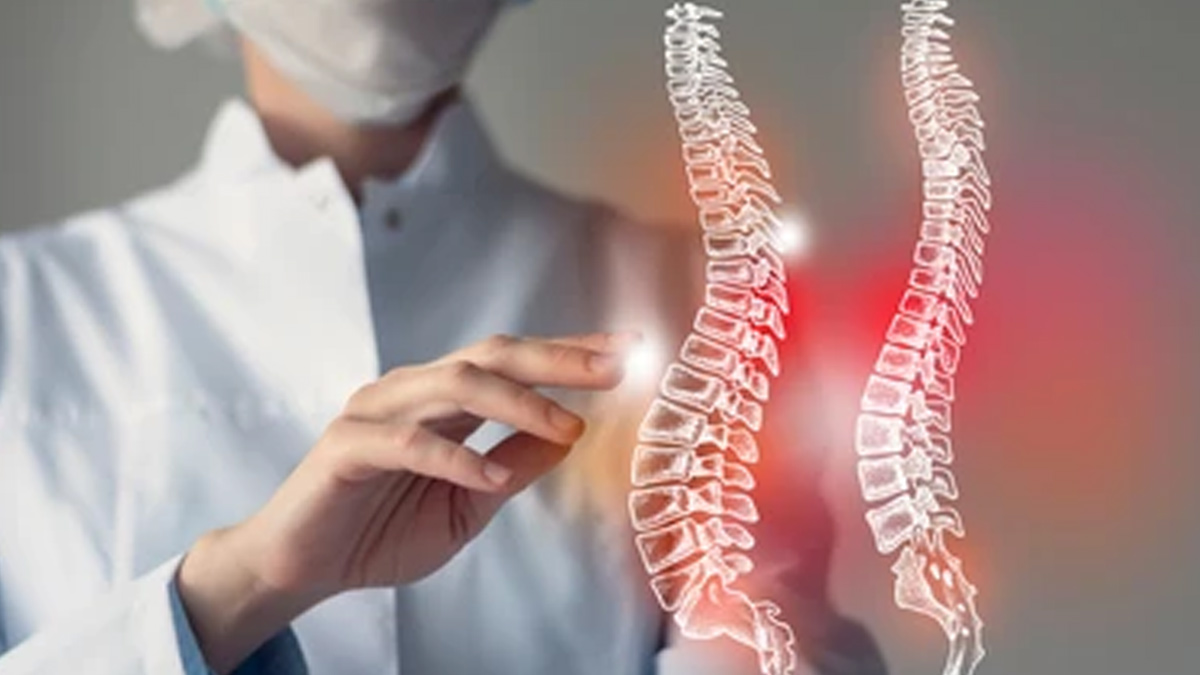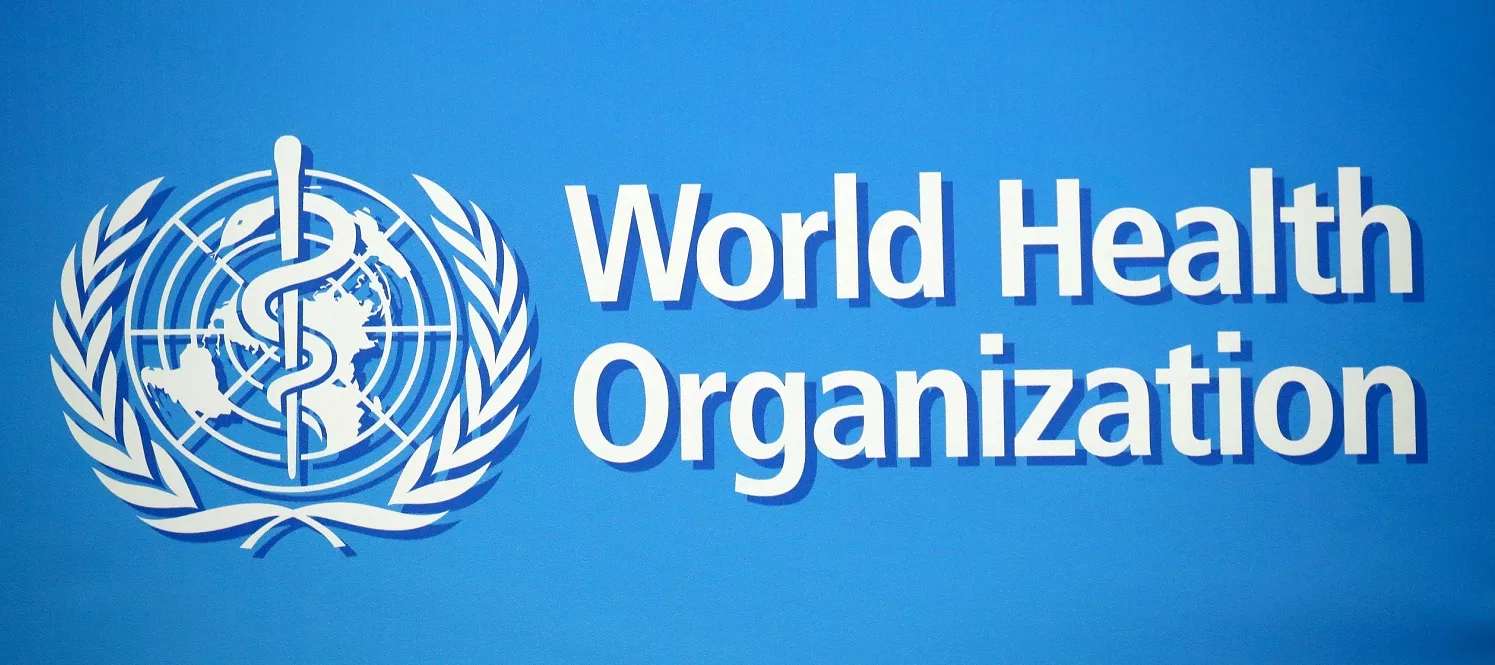
We’ve all seen teenagers slouching over their phones or dragging around school bags that look heavier than them. It might seem like a part of growing up, but sometimes, there’s more going on beneath the surface. More and more young people today are being diagnosed with spinal issues, not just bad posture, but spinal deformities that can affect their growth, movement, and even nerves. The upside? Parents and doctors are catching these problems earlier than before, and that’s making a big difference.
We spoke to who explained this sudden rise in spinal deformities and nerve complications.

“Spinal deformities refer to abnormal curvatures or malformations of the spine that can affect its shape, structure, and function. These deformities can occur in various parts of the spine, including the cervical (neck), thoracic (mid-back), or lumbar (lower back) regions,” said Dr Mascarenhas.
These deformities commonly occur in children and are often associated with a strong genetic predisposition. This is a complex area of ongoing research, where spine deformities generally result from a multifactorial interplay of genetic, environmental, developmental, and possibly epigenetic influences.
Top Stories
“It is a general perception that there is a rising incidence of spine deformities. However, I believe this is more likely due to improved diagnostic facilities in recent years that have helped in early detection, leading to an increase in such cases,” added Dr Mascarenhas.
Public awareness of spinal health has also increased as compared to previous years, which is why people are now seeking medical attention for their young kids when these issues are still in earlier stages and highly manageable. In addition, specialised centres for the treatment of spinal deformities all across the world are making it easier for patients to access appropriate care on time.
In the past, spinal conditions were often overlooked or neglected, and patients were provided with limited treatment options, like bracing (the most common treatment modality) and conservative management. But today, we have newer, safer surgical spinal interventions, including robotic spine surgeries, that can lead to excellent outcomes and give patients a better quality of life.

Some of the spinal deformities in children and adolescents can sometimes also lead to nerve complications. These neurological issues are often associated with a forward bending of the spine, also referred to as kyphosis. As stated by Johns Hopkins Medicine, kyphosis is characterised by a spinal curvature of 50 degrees or more, as seen on an X-ray. It is a diagnostic procedure that utilises invisible electromagnetic energy to create images of the internal structures, including tissues, bones, and organs. In a healthy spine, the upper back can have a natural curvature ranging from 20-45 degrees.
"In this condition, nerve involvement can occur alongside congenital or developmental anomalies, such as diastematomyelia, where the spinal cord is split from birth, or tethered to the skin and surrounding structures. This can prevent the spinal cord from growing in tandem with the rest of the body, potentially leading to progressive neurological deficits," explained Dr Mascarenhas.
Nerve involvement can also occur with deformities at the uppermost part of the spine, particularly the C1 and C2 vertebrae, known as craniovertebral junction anomalies. These anomalies are concerning due to their potential instability, which can lead to spinal cord compression and serious, life-threatening neurological impairments if not managed properly.
Spinal health in adolescents is not just about posture and back pain, it’s about being mindful of how the spine develops and when it needs medical attention. With early detection, timely care, and access to advanced treatments, most children with spinal deformities can go on to lead healthy, active lives.
[Disclaimer: This article contains information provided by an expert and is for informational purposes only. Hence, we advise you to consult your professional if you are dealing with any health issue to avoid complications.]










